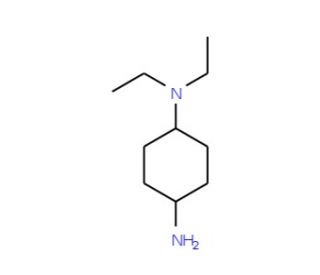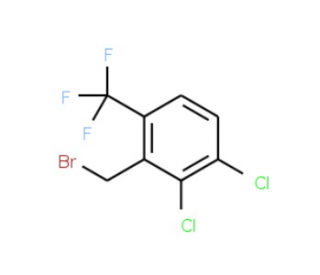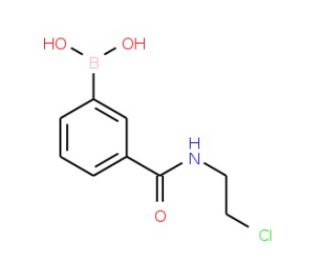详细说明
Species Reactivity
Mouse
Specificity
Detects mouse FGF-15 in direct ELISAs. In direct ELISAs, approximately 10% cross-reactivity with recombinant human (rh) FGF-19 is observed and less than 5% cross-reactivity with rhFGF-22 and rhFGF-23 is observed.
Source
Polyclonal Sheep IgG
Purification
Antigen Affinity-purified
Immunogen
E. coli-derived recombinant mouse FGF-15
Ser24-Lys218
Accession # O35622Formulation
Lyophilized from a 0.2 μm filtered solution in PBS with Trehalose. *Small pack size (SP) is supplied as a 0.2 µm filtered solution in PBS.
Label
Unconjugated
Applications
Recommended
ConcentrationSample
Immunohistochemistry
5-15 µg/mL
See below
Please Note: Optimal dilutions should be determined by each laboratory for each application. are available in the Technical Information section on our website.
Data Examples
Immunohistochemistry | FGF-15 in Mouse Embryo. FGF-15 was detected in immersion fixed frozen sections of mouse embryo (E15) using Sheep Anti-Mouse FGF-15 Antigen Affinity-purified Polyclonal Antibody (Catalog # AF6755) at 15 µg/mL overnight at 4 °C. Tissue was stained using the Anti-Sheep HRP-DAB Cell & Tissue Staining Kit (brown; Catalog # ) and counterstained with hematoxylin (blue). Specific staining was localized to the processes of dorsal root ganglia neurons. View our protocol for . |
Preparation and Storage
Reconstitution
Sterile PBS to a final concentration of 0.2 mg/mL.
Shipping
The product is shipped at ambient temperature. Upon receipt, store it immediately at the temperature recommended below. *Small pack size (SP) is shipped with polar packs. Upon receipt, store it immediately at -20 to -70 °C
Stability & Storage
Use a manual defrost freezer and avoid repeated freeze-thaw cycles.
12 months from date of receipt, -20 to -70 °C as supplied.
1 month, 2 to 8 °C under sterile conditions after reconstitution.
6 months, -20 to -70 °C under sterile conditions after reconstitution.
Background: FGF-15
FGF-15 (Fibroblast growth factor 15) is a 25 kDa, secreted, nonglycosylated polypeptide that is a member of the FGF-15/21/23 subfamily, FGF family of growth factors. It is synthesized by ileal epithelium, colonic myofibroblasts, and select areas of the developing brain. FGF-15 acts on hepatocytes and reduces CYP7A1 levels, thus blocking bile acid production. It also promotes colonic epithelial migration, and in the embryonic brain, inhibits over-production of neuronal precursors. FGF-15 is synthesized as a 218 amino acid (aa) precursor that contains a 25 aa signal sequence and a 182 aa mature region (aa 26-218; 23 kDa predicted MW). Mature FGF-15 contains a characteristic 3-dimensional beta -trefoil structure, plus a unique Cys pattern that contributes to stability. There are two potential splice forms. One shows a 23 aa substitution for aa 120-218, while a second shows a 41 aa substitution for aa 120-218. Over aa 23-200, mouse FGF-15 shares 96% aa identity with rat FGF-15. Although mouse FGF-15 is considered the ortholog to human FGF-19, the two molecules share only 54% aa identity over aa 23-200, and are produced by different cell types (intestinal epithelium in mouse, hepatocytes in human).
Long Name:
Fibroblast Growth Factor 15
Entrez Gene IDs:
14170 (Mouse)
Alternate Names:
FGF15; FGF-15; FGF-19










 粤公网安备44196802000105号
粤公网安备44196802000105号